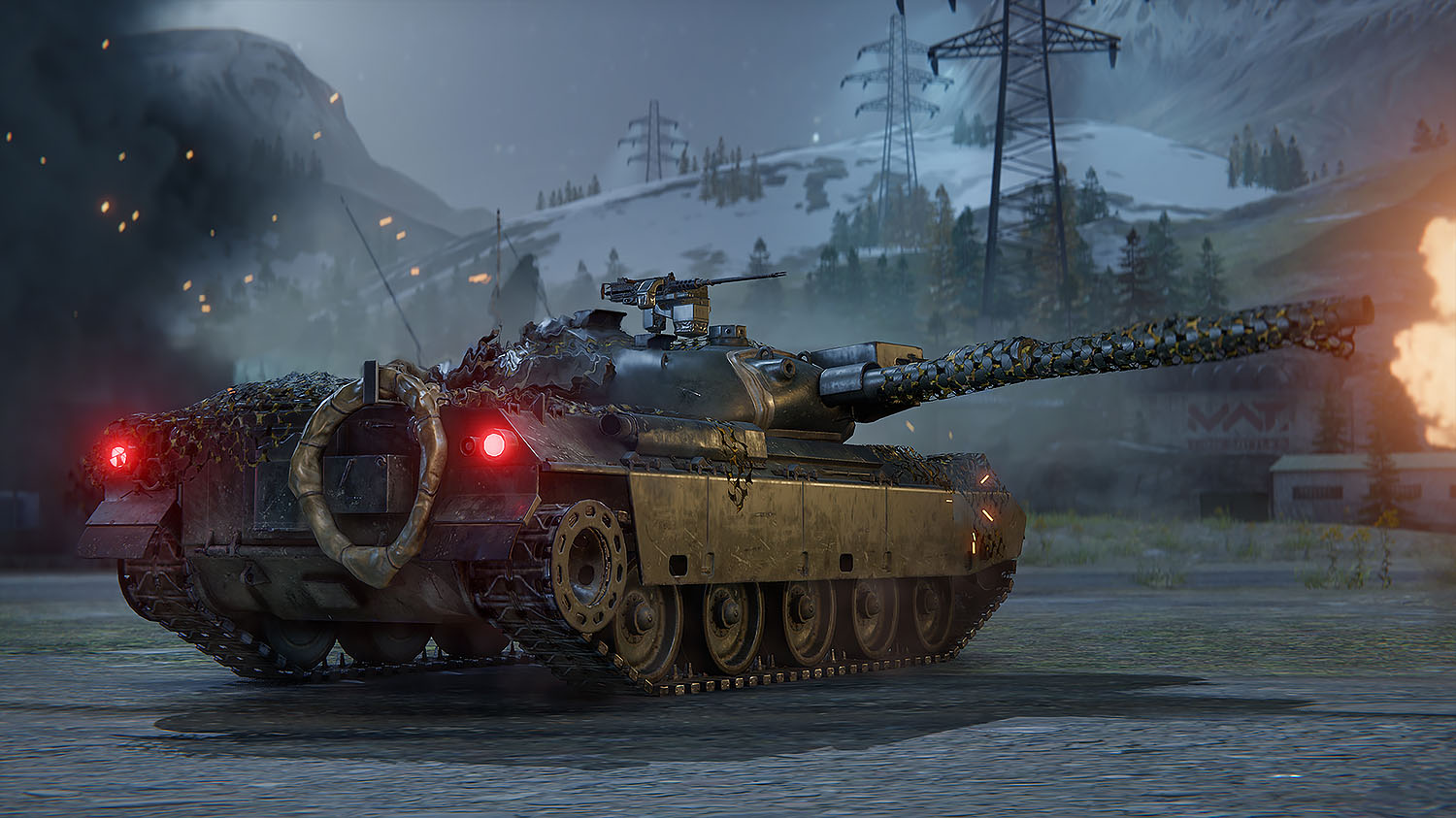Yes, it has, a sort of.
According to Type 87 specification D8008, it has two NVD equipments.
Type 87 Self propelled anti-air autocannon specification D8008
Type 82 Driving NVD
Spoiler
Type 87 SPAAG has Type 82 NVD according to its specification.
21 暗視装置 82式操縦用暗視装置
21 NVD Type 82 driving NVD
According to Type 82 Driving NVD specification, it is a dual-use passive/active nightvision device, which amplifies “light from a target illuminated by faint light such as starlight or by infrared radiation projected from a projector”.
受像器は,パッシブ/アクティブ兼用であり,星明りなどの微光又は投光器から投射された赤外線により照らされた目標からの光を,頭部プリズム部を通して対物光学部で集光して,光増幅部で増幅し,接眼プリズム部及び接眼光学部により可視像に変換する。
82®cpÃuJ2013
Night vision binocular
Spoiler
It has a pair of night vision binoculars for the commander.

27 その他 暗視双眼鏡 車長用 1式 特殊付属品
27 others night vision binoculars for commander 1 set special belongings
Although nothing is said about the details of these binoculars, there is a equipment called Type 69 night vision binoculars.
Type 69 night vision binoculars specification XQ 7004
Type 69 night vision binoculars (B) specification XQ 7004B
Type 69 is capable of converting IR light to visible light.
3.1 受像器は目標物からの赤外線を対物鏡音部で集光して,電子管(暗視管)の光電面上に結像させ,暗視管部で可視像に変換し,接眼鏡部を通して観察する。
However, it also states that it is used along with search lights of night vision devices.
暗視装置の投光器等を併用して
So Type 69 NV binoculars are an IR imager, but are unlikely to be a thermal imager.
Meanwhile, Type 69 (B) says nothing about IR light in Section 4: Functions. It only says that it intensifies faint light such as starlight.
4.機 能
(1) 星明かりなどで照らされた目標からの微光を対物光学部で集光し,光増幅部で増幅し,接眼光学部を通して目標物を視認することができる。
However, it also says that it is used along with searchlights of night vision devices. So I think Type 69 (B) is capable of intensifying faint visible light along with IR light.
Summary
It does have an IR imager, but only for the driver.
It has night vision binoculars with unknown details for the commander. They might be Type 69 NV binoculars or (B) variant of them. These binoculars intensify IR light, and Type 69 (B) can also intensify faint light such as starlight.
However, there might be something in the missing first section of table 3.











